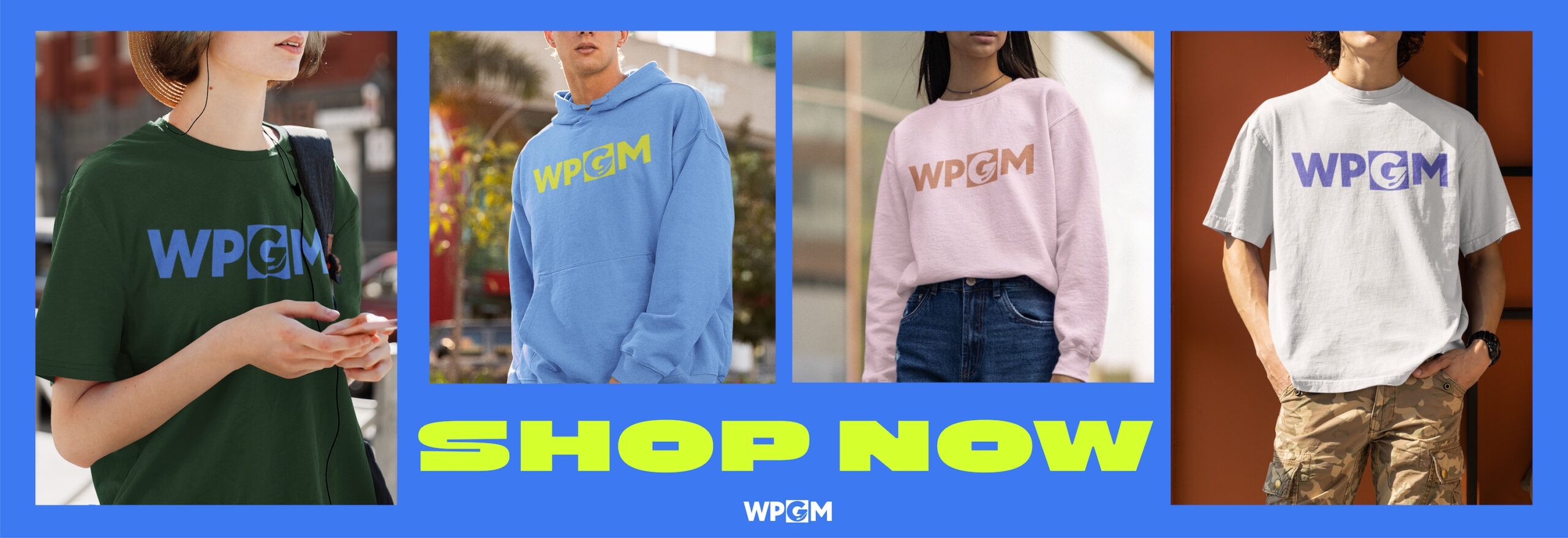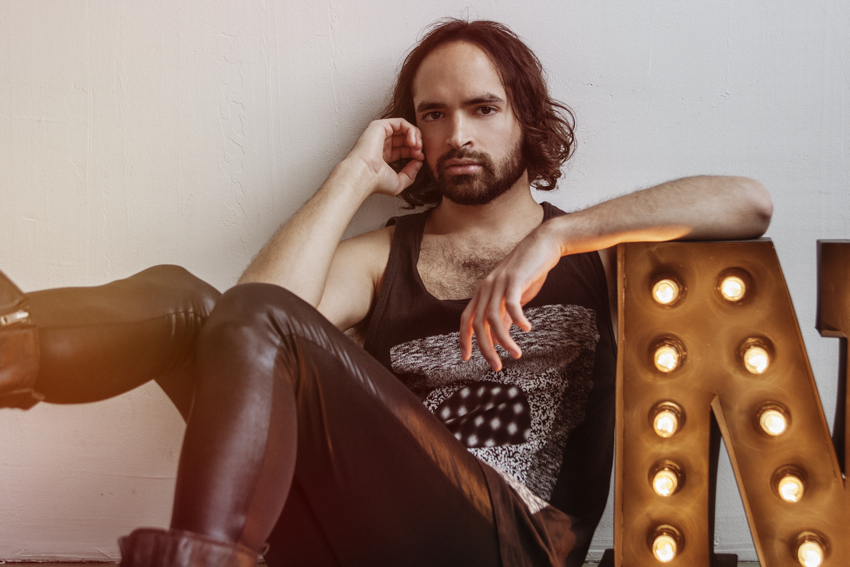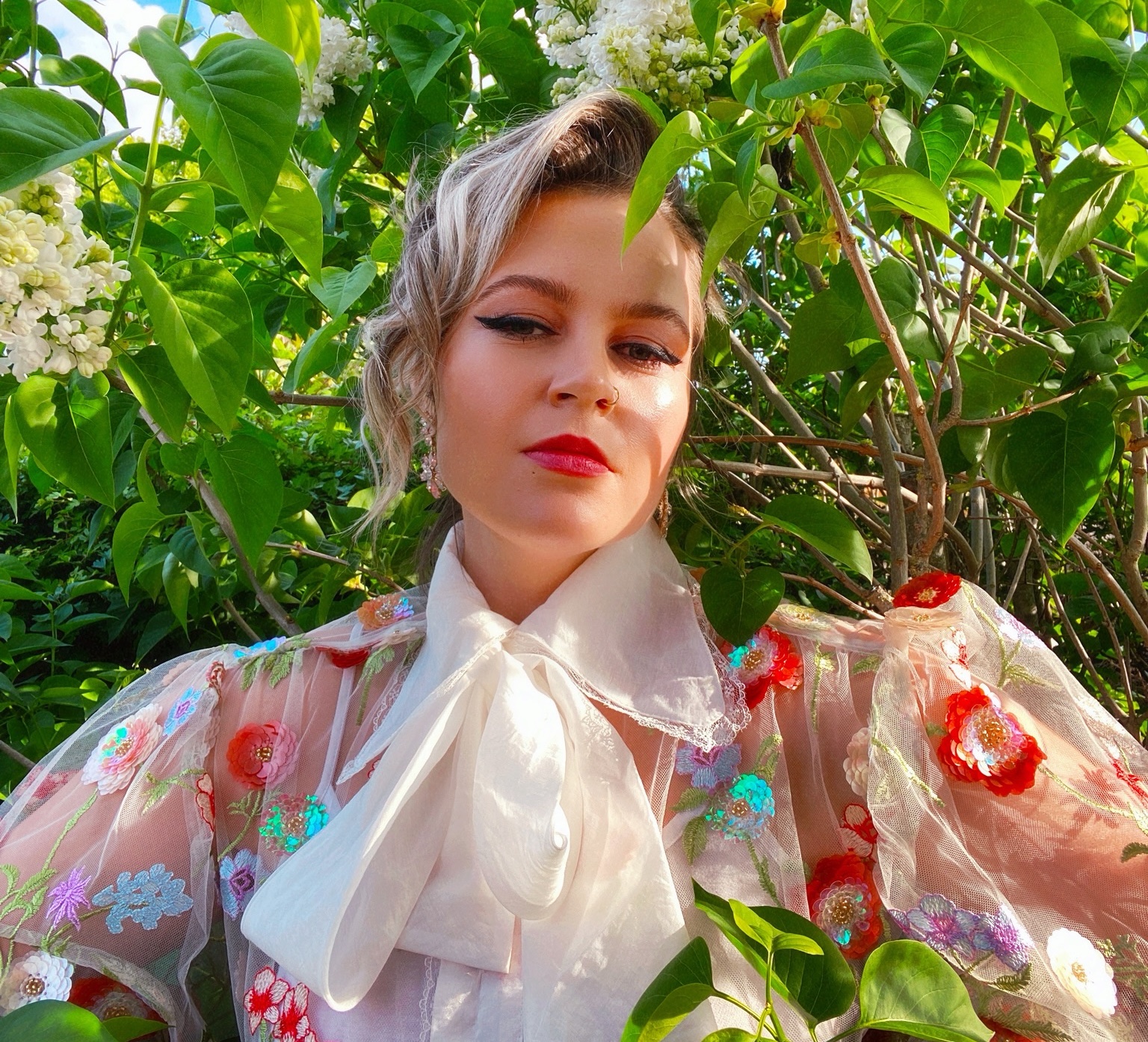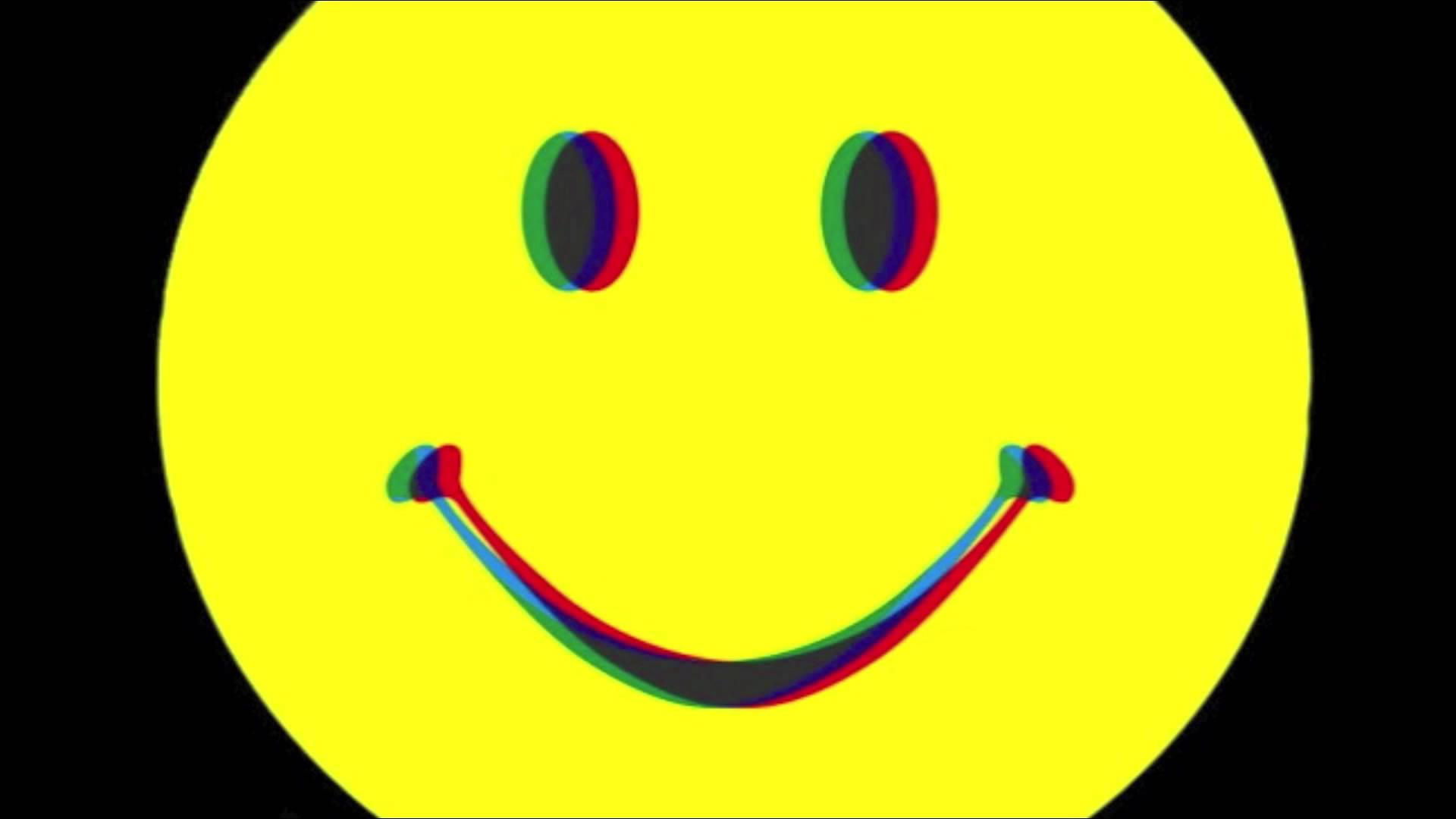
On March 28, it was announced that Trainspotting’s author, Irvine Welsh will write a TV series detailing the emergence of acid house and rave culture in the UK. Ibiza87, set to be co-written by Welsh’s and his long-time collaborator Dean Cavanagh, will be based loosely on DJs and friends Nicky Holloway, Paul Oakenfold and Danny Rampling, charting the beginnings of the British rave movement and Ibiza’s ‘Second Summer of Love’.
The series’ soundtrack is due to be curated by the three DJs, all now in their fifties, which begs the question: why does a 30-year-old fringe dance genre, symbolised by smiley faces, fuelled by MDMA and pioneered by blokes old enough to be my dad still matter in 2017?
Oakenfold, Holloway and Rampling are often credited with importing Balearic Beat back to the UK, the precursor to Acid House and the beginnings of House music as we know it. Ibiza to this day continues to enjoy international recognition for its party scene and one need only to look at the popularity of the likes of the Boiler Room and The Warehouse Project to see that dance music and an albeit sanitised version of rave culture still has an importance place in the UK.
Carl Cox’s Ibiza Boiler Room Set has 22 million YouTube hits. More than any other artist featured on the channel. Cox, still on the decks at 55, recalls the first Acid House nights at south London club Shoom, often credited, along with the Hacienda, as hosting the birth of the genre: “I supplied the sound system for the first two Shoom club nights. Danny Rampling asked me to come down because he knew I was already into the music… House music pointed the way forward“.
Thirty years later, the British nightclub as it was known in the early days of Acid House is essentially dead. The Hacienda has long been converted into a block of flats, a tide of gentrification sweeping across London has seen many of its legendary haunts shut for good, and many that have survived, are, put simply, a bit s**t.
Yet in no way does the wave of club closures mark the death of House music. Dwindling residencies in their original sense have cleared the way for the reimagining and marketing of the ‘warehouse rave’. (Just think less spontaneous free parties in abandoned industrial spaces, more £5 for a can of Red Stripe and £25 entry).
The popularity of seasonal parties such as the Warehouse Project and the proliferation of dance festivals in the UK and across Europe, where punters clad in bucket hats and sunglasses to mask frightfully dilated pupils, points only to the fact the aesthetics found in the origins of House music are still present today. The difference being that House music has been propelled into the mainstream cultural sphere, resulting inevitably in its commercialisation and sanitisation.
But perhaps more importantly is the fact that we now live in a world where the aspiring DJ has largely eclipsed the aspiring guitar band. Every pub in the UK now has a set of decks. Vinyl sales have reached a 25 year high while the Roland 303 has been swallowed up by Ableton and the Apple Mac. Everyone has a Mixcloud and you’ve probably been to a ‘night’ where your mate has DJ’d.
This is no slight on people who make electronic music. The accessible nature of production software can only be a good thing for the creative pursuits of young people. It is merely a thought on why Acid House and rave culture in the UK, as two cultural movements which helped bring House music to Britain from Ibiza, Chicago and Detroit are crucial influences in the thirty-year evolution of the genre into its contemporary form.
Rave as counterculture?
By the early 1990s, dance music had become political. If not for the ravers, for successive Conservative governments. Since their emergence in the late 80s, ‘illegal’ raves, scapegoated for rampant drug use were primary targets for Thatcher’s war on youth culture.
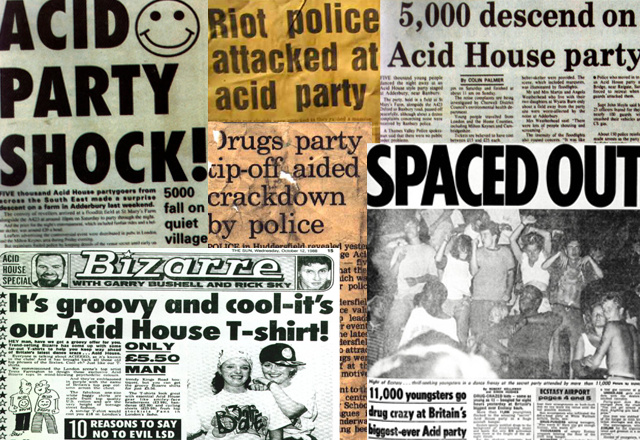
Then Home Secretary Douglas Hurd pledged to put a stop to “the menace of acid parties” while tabloids painted laughable pictures of deserted warehouse floors strewn with ‘ecstasy wrappers’. Remarkably, by 1994, Section 63 of the Criminal Justice Act actually gave police the power to shut down events ‘characterised by the emission of a succession of repetitive beats’.
Seemingly, the government’s logic was: where there is House music, there are drugs. They weren’t exactly wrong. Without MDMA and whatever ‘ecstasy wrappers’ were, there would be no such thing as Acid House. Electronic music of the late ’80s and early ’90s was inextricably linked to E. The music was good, but not that good. The euphoria associated with the rave scene and Ibiza’s ‘Second Summer of Love’, like the first in 1967, had pretty obvious chemical influences, leaving a lot of people low on serotonin.
Yet again, with House music’s shuffle into the mainstream, ecstasy returns to the spotlight. MDMA’s resurgent popularity inevitably comes hand in hand with the new-found ubiquity of House. Ecstasy use in the UK has reached new heights among young people and House music can be heard everywhere from a Tesco tannoy system to a sweaty box in Dalston.
With the increasing potency of the MDMA taken in the UK, House music has once again become politicised. Following the death of two 18-year olds in two months at Fabric in 2016, the club’s doors almost shut forever after its license was revoked, only to reopen in January of this year. Irvine Welsh considered the club’s closure the “beginning of the end of our cities as cultural centres, and indeed as entertainment centres in the traditional sense“.
For many, the debate of drug use in clubs continues to be a convenient pretext for the closure of cultural spaces in order to pave the way for property development and further gentrification of British cities. It is likely that many of the critics of the current state of club and rave culture in the UK would bemoan its increasing and seemingly unstoppable commercialisation, laughing at the connections made between now and the halcyon days Ibiza87 will seek to capture. While these criticisms may be valid, these cultural shifts are merely reflective of the wider economic and political moment.
Ibiza87 will appeal to those who are old enough nostalgically revisit the late 80s and early 90s and will perhaps fondly remember their first pill, or distant flashbacks of a lad’s holiday to Ibiza. It will also appeal to a newer generation who have heard A Guy Called Gerald’s “Voodoo Ray” played in somebody’s ‘set’ at a house party.
Words by Dan Carabine


